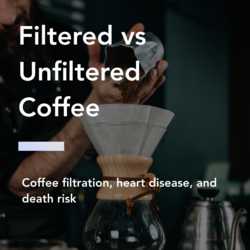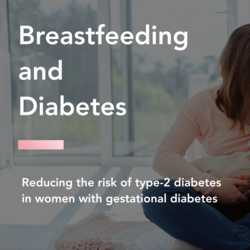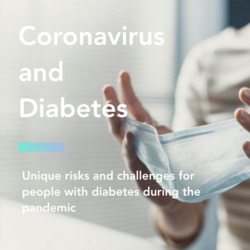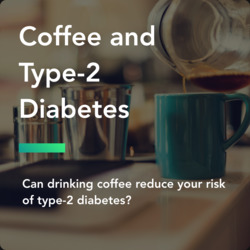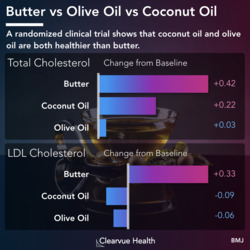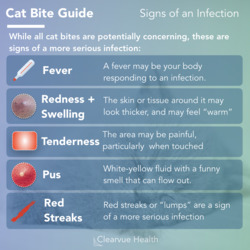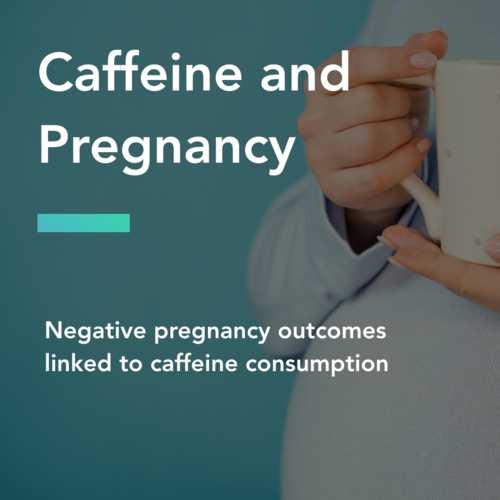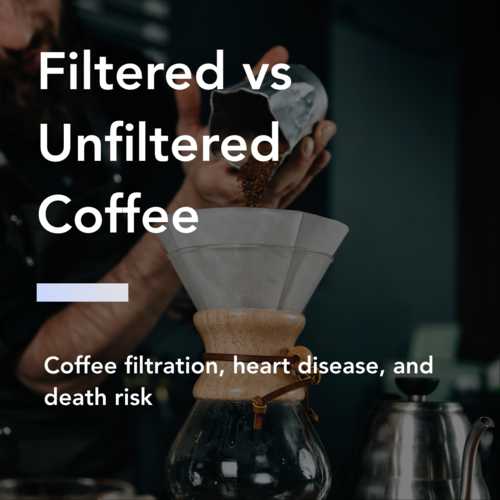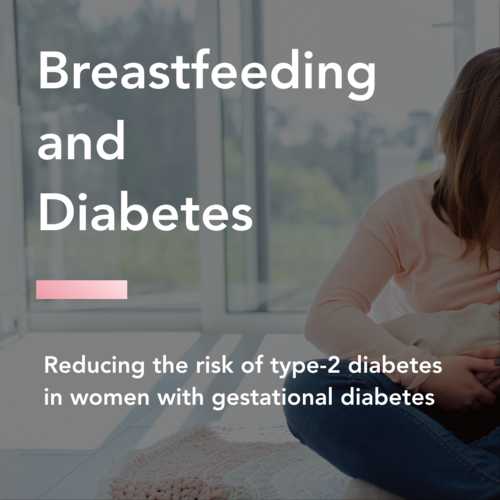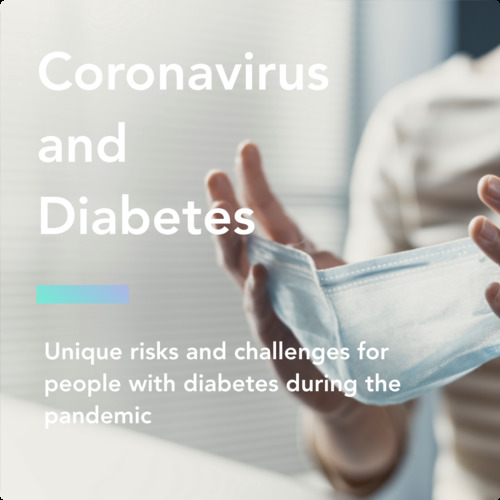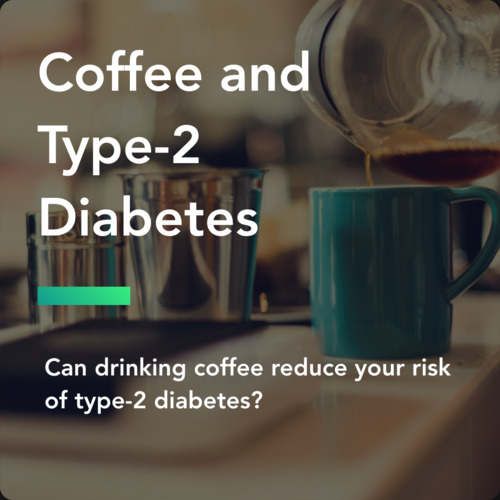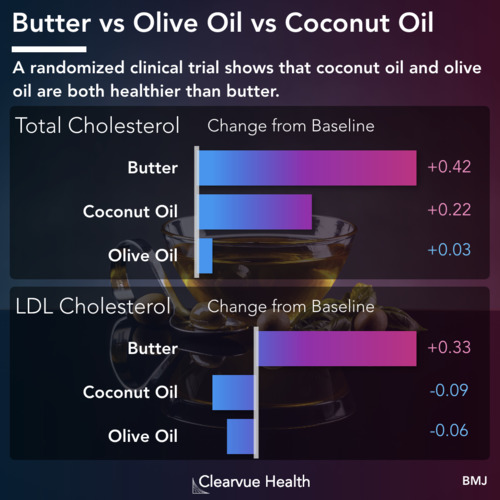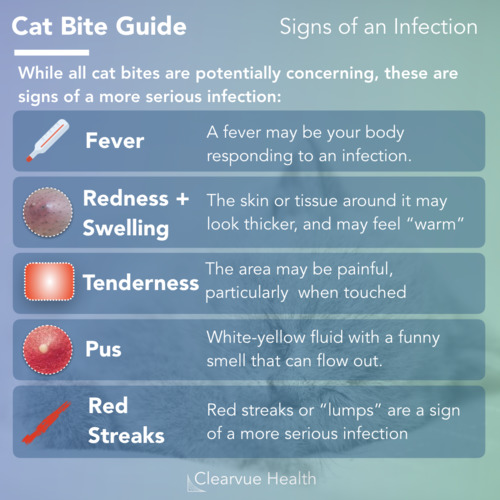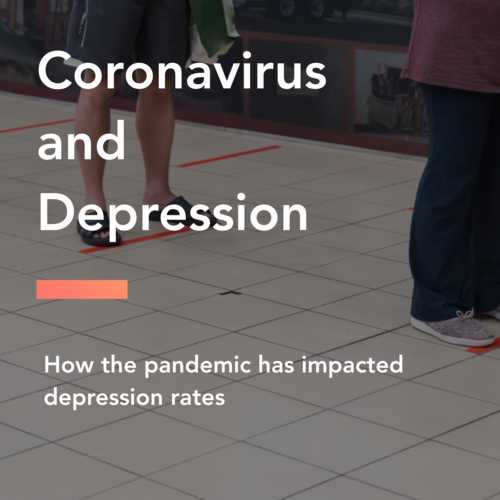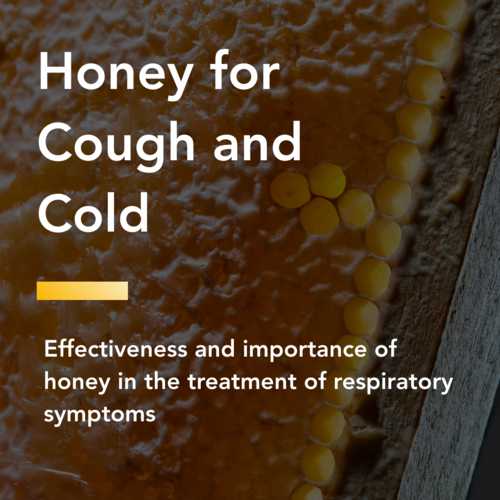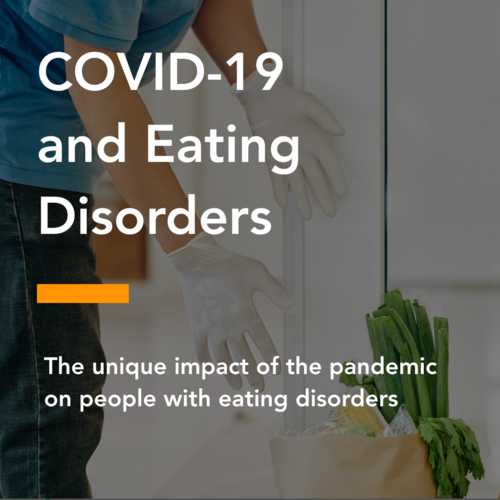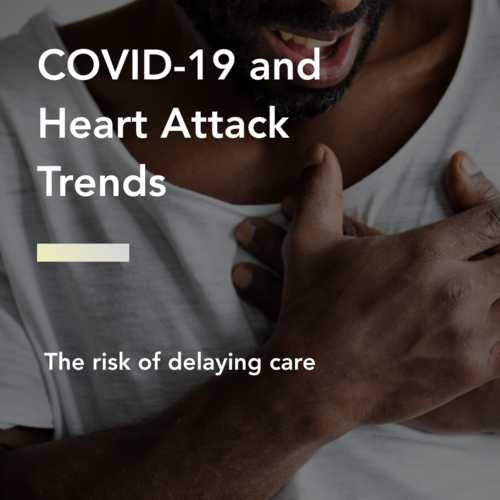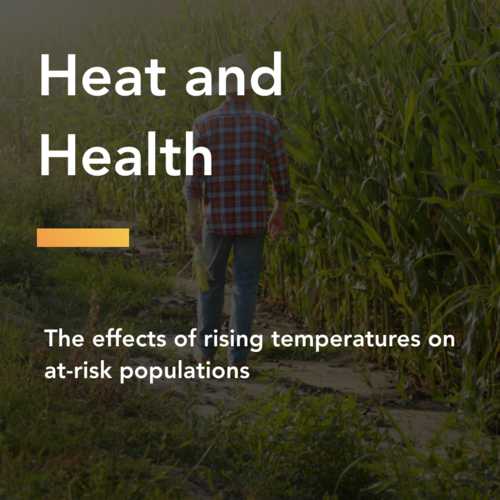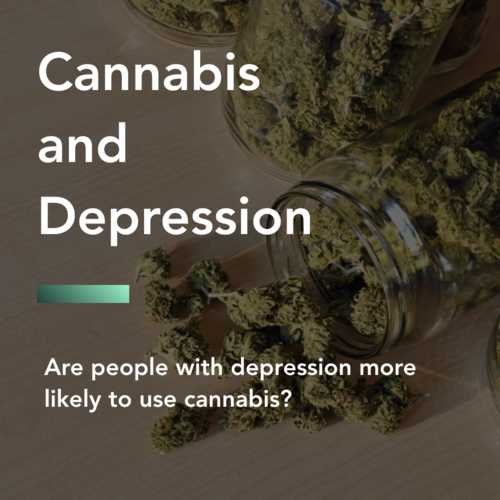3) Overall Mortality

Figure 1: Dietary Fiber and Overall Mortality. Individuals who ate dietary fiber of any substantial amount had a significantly lower risk of overall mortality than individuals who did not eat any fiber. Individuals who ate more than 30 grams a day had an approximately 15% lower risk of overall mortality.. The colored line represents estimated mortality risk. The area around the line represents the margin error for this risk. The data was generated based off of a meta-analysis of 135 million person-years of data from 243 studies.
The more fiber you eat, the longer you might live.
A new meta-analysis on dietary fiber shows that individuals who eat more fiber have lower risks of diabetes, colon cancer, and overall mortality.
The data was obtained through a meta-analysis from 243 studies. Researchers combined data from 135 million person-years to generate statistical models summarizing the effects of fiber on different health outcomes.
Individuals who ate more dietary fiber had a lower overall mortality rate, which measures risk of death from any cause. This effect appears to increase with higher amounts of dietary fiber consumed. Eating at least 30 grams of dietary fiber a day showed a stronger effect than eating 10-15 grams of dietary fiber a day.
Overall Mortality represents a person's risk of dying from any cause. This corresponds to a lower life expectancy. Diseases and other factors such as smoking can increase overall mortality. Healthy lifestyles with good diets and exercise can decrease overall mortality.
Meta-analyses systemically combine data and findings from a selected group of studies on a particular topic to create conclusions with higher statistical significance. These studies do not typically add new data, but rather use data that has already been produced by others. With good methods, they can find more robust and accurate results as they include more data. They can put together conflicting conclusions from smaller studies to create a "final answer."" However, these studies can include bias if inappropriate studies are analyzed. Additionally, they can suffer from publication bias, where only positive results are published and included in the analysis.
Limitations of Self Reported Data
Much of the data here is self-reported, which has several limitations and sources of bias. Self-reported data, which is obtained through surveys and questionaires, is the most feasible way of collecting data from large subsets of the population. However, the data may suffer from recall bias, where respondents may forget certain details or may not accurately remember details. They may also suffer from social desirability bias, where respondents may be reluctant to admit to socially undesirable behaviors, even if the survey is anonymous.
Source: Carbohydrate quality and human health: a series of systematic reviews and meta-analyses
2) Colorectal Cancer

Figure 2: Dietary Fiber and Colorectal Cancer. Individuals who eat more than 5-10 grams of dietary fiber per day had a significantly lower risk of colorectal cancer than individuals who did not eat any fiber. Individuals who ate 30 grams or more per day had an approximately 20% lower risk of colorectal cancer. The colored line represents estimated colorectal cancer risk. The area around the line represents the margin error for this risk. The data was generated based off of a meta-analysis of 135 million person-years of data from 243 studies.
Eating more fiber correlates with a significantly lower risk of colorectal cancer, which causes 8.4% of cancer deaths in the United States.
The reasons behind this effect however aren't entirely clear:
“
Doctors aren’t quite sure why fiber protects against colon cancer, but some believe fiber helps move food through the digestive system faster, limiting the time potential carcinogens sit in the intestines. Fiber may also have anti-inflammatory properties.
Source: New Study Points to Benefits of Fiber for Colon Cancer Survivors
The relationship between dietary fiber and colorectal cancer, which includes colon cancer, is one of the most studied relationships for dietary fiber. This has been a relatively controversial topic, with some experts claiming a beneficial effect and others claiming no effect. According to this meta-analysis, the combined effects of all the studies examined showed a beneficial effect. The amount of studies for this topic allowed researchers to estimate the relationship with higher precision, as shown by the thinner margin of error above.
Source: Carbohydrate quality and human health: a series of systematic reviews and meta-analyses
1) Dietary Fiber and Diabetes

Figure 3: Dietary Fiber and Diabetes. Individuals who ate dietary fiber of any substantial amount had a significantly lower risk of diabetes than those who did not according to a meta-analysis. Individuals who ate more than 20 grams a day had a dramatically lower risk of developing type 2 diabetes. The colored line represents estimated type 2 diabetes risk. The area around the line represents the margin error for this risk. The data was generated based off of a meta-analysis of 135 million person-years of data from 243 studies.
The most significant benefits were seen in diabetes risk. Individuals who ate high fiber diets had a dramatically lower risk of developing type 2 diabetes, which occurs in adulthood.
The effect was strongest for those who ate more than 20 grams of fiber per day. It is not entirely clear if the fiber itself is responsible for the lower risk, or whether food high in fiber is generally healthier. What we do know from this data is that people who eat lots of fiber are healthier.
Source: Carbohydrate quality and human health: a series of systematic reviews and meta-analyses
5 Great Sources of Dietary Fiber

Figure 4: 5 Great Sources of Dietary Fiber. Other than high fiber cereals, which have lots of added dietary fiber, the best sources of fiber include beans and legumes. Peas, Chickpeas, and Lentils all have about 8 grams of fiber per half cup.
We've put together a graphic summarizing 5 great sources of fiber, according to health.gov. One of the best sources of fiber in terms of grams per 1/2 cup is high fiber cereals, such as Fiber One.
The best natural sources of fiber are typically beans and legumes. Lentils, chickpeas, and peas are all great ways increase your fiber intake naturally.





